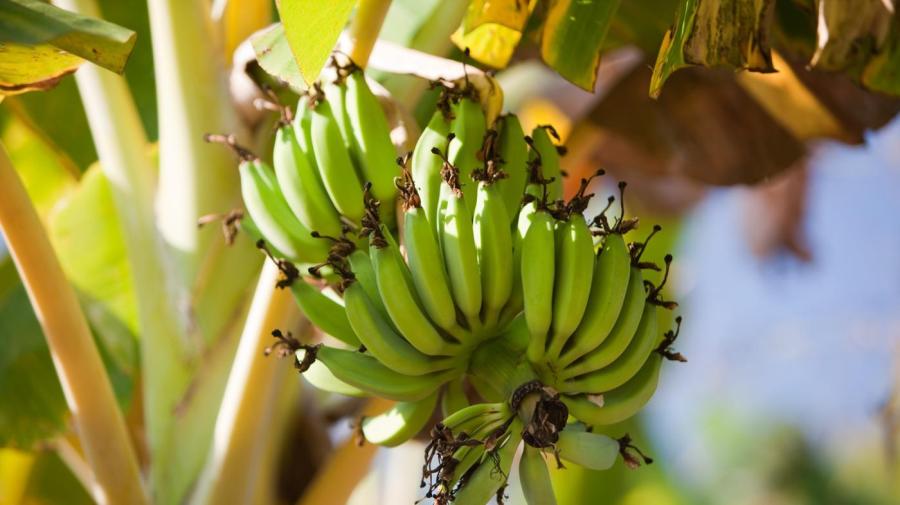How Do Bananas Reproduce?

Bananas reproduce asexually and multiply via small bulbs that grow out of the plant’s rhizome underground called the corm. These small bulbs growing out of the rhizomes are also called suckers and they grow to become bananas.
The largest of the herbaceous flowering plants, bananas are perennial plants. On average, these plants grow to about 10 to 16 feet high. Their trunks are actually made of leaf stalks that are wrapped against one another. The leaves that form at the center push out from the top center and become new leaves.
At about nine months, the banana’s inflorescence, or its flower, pushes out and soon develops into the fruit a few months later. After cultivation of the banana fruit, the mother plant dies. Farmers usually leave one sucker to replace the plant, while the other suckers are transplanted, producing more banana plants.





